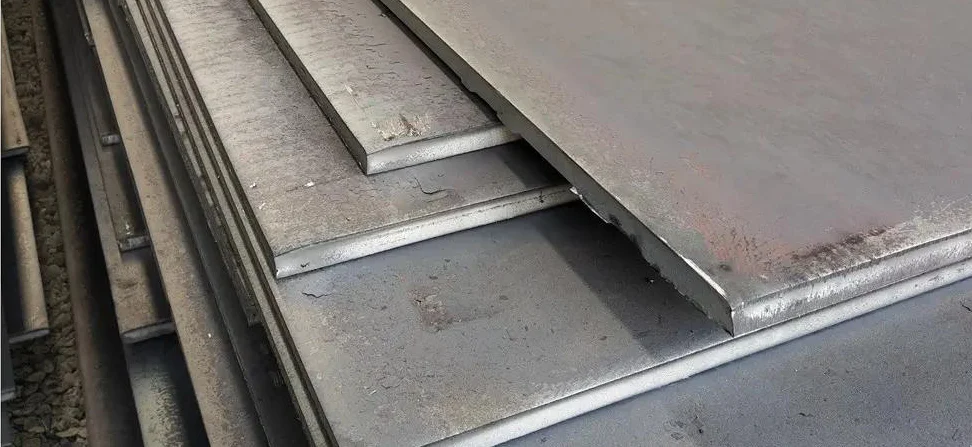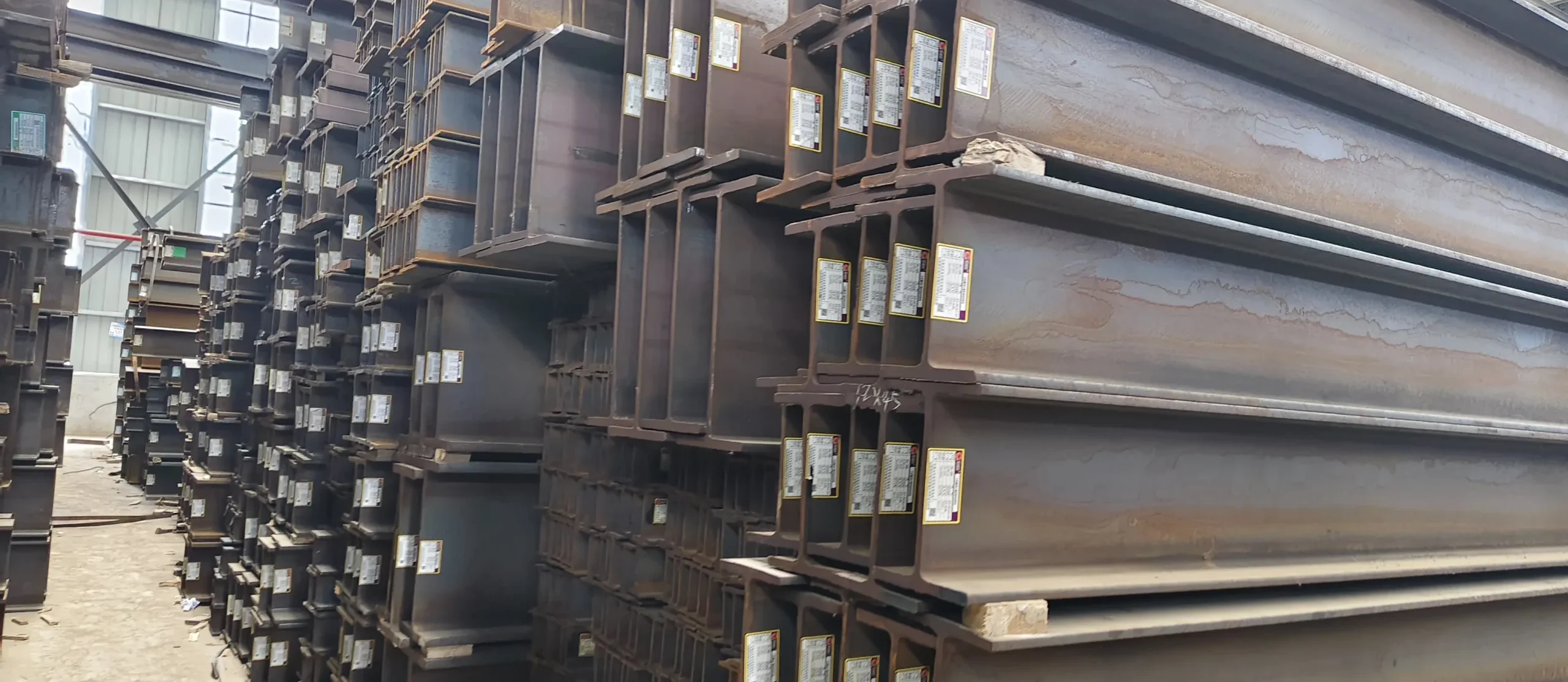Thermoforming of 2205’s processing characteristics
As a supplier of stainless steel pipe and fittings supplier, KAYSUNS recommends that molding should be carried out below 600F as much as possible. During the hot forming process, the entire workpiece should be heated as a whole, and should be carried out in the temperature range of 1750F to 2250F. The 2205 alloy is very soft at this temperature. If the temperature is too high, 2205 alloy is prone to hot tear. If it is lower than this temperature, austenite will fracture.
When it is lower than 1700F, due to the influence of temperature and deformation, the intermetallic phase will form quickly.
After the hot forming is completed, it should be solid-solution annealed at a minimum temperature of 1900F and quenched to restore its phase balance, toughness and corrosion resistance.
We do not recommend stress relief, but if you must do so, the material should be solid solution annealed at a minimum temperature of 1900°F, then quickly cooled and water quenched.
Cold forming
2205 alloy can be cut and cold formed. However, due to the high strength and hardness of 2205 alloy itself, it needs more cold forming than austenitic steel. It is also because of its high strength that the springback must be fully considered.
Heat treatment
2205 alloy should be annealed at a minimum temperature of 1900F, then rapidly cooled, and water quenched. This treatment is used for solution annealing and stress relief. If the stress relief treatment is performed at a temperature lower than 1900F, it is easy to cause the precipitation of harmful metallic or non-metallic phases.
Machinability
On a high-speed machine tool, the feed rate and cutting speed of 2205 alloy are the same as those of 316L. If a carbonization knife is used, the cutting speed is reduced by about 20% compared with 316L. The performance of the machine and its components plays a key role here.
Welding
2205 alloy has good weldability.

The required performance of 2205 alloy is that the weld metal and thermally deteriorated parts still maintain the same corrosion resistance, strength and toughness in processing characteristics as the base metal. The welding of 2205 is not difficult, but its welding procedure needs to be designed so that after welding, it can maintain a good phase balance and avoid the precipitation of harmful metal or non-metal phases.
2205 can be welded in the following equipment: GTAW (TIG); GMAW (MIG); SMAW (“stick” electrode); SAW; FCW; and PAW.
Features of 2205 stainless steel:
- Compared with 316L and 317L austenitic stainless steel, duplex stainless steel 2205 alloy has superior performance in resistance to pitting corrosion and crevice corrosion. It has high corrosion resistance. Compared with austenite, it The coefficient of thermal expansion is lower and the thermal conductivity is higher.
- Compared with austenitic stainless steel, duplex stainless steel 2205 alloy has twice its compressive strength. Compared with 316L and 317L, the designer can reduce its weight. Alloy 2205 is particularly suitable for the temperature range of -50°F/+600°F, and can also be used at lower temperatures under strict restrictions (especially for welded structures).



